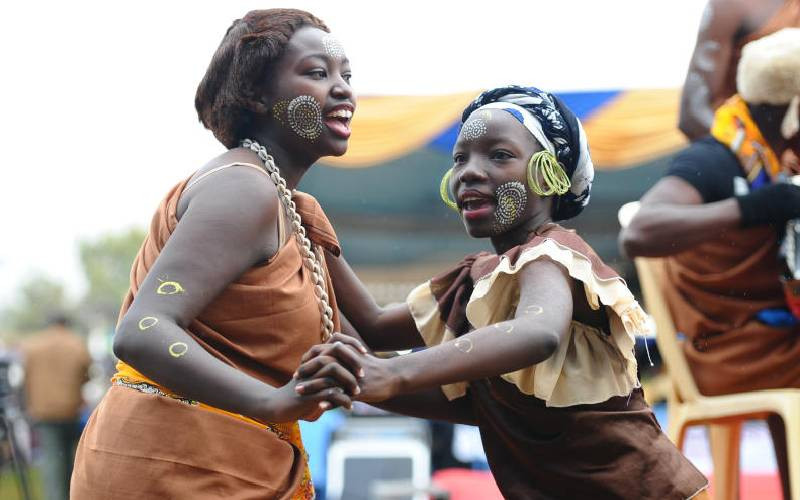
Culturally-responsive teaching is about making school learning relevant and effective for learners by drawing on students’ customs, perspectives, cultural knowledge, life experiences, frames of reference, languages, performance and communication styles.
This means making what students know, and how they know it, the foundation of learning and teaching interactions and curriculum. For example, many societies and cultures have fireworks festivals. While such a festival is happening, the teacher could teach how to calculate speed using fireworks in sample questions.